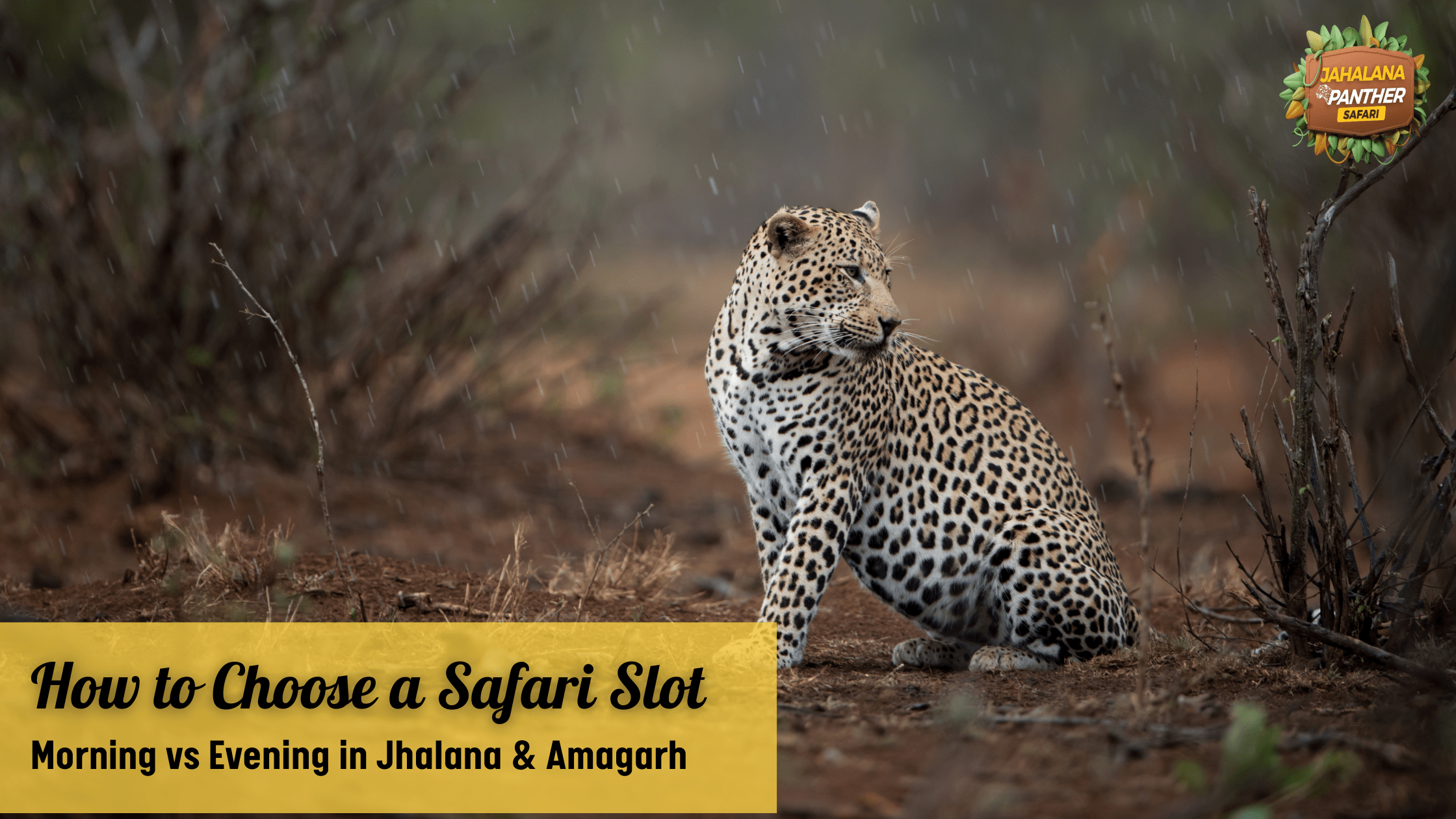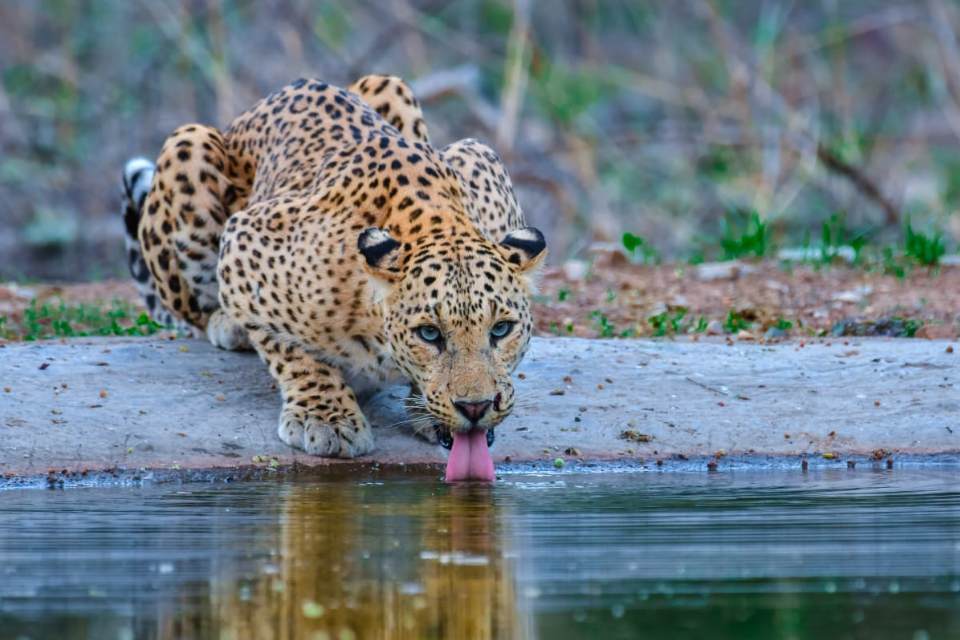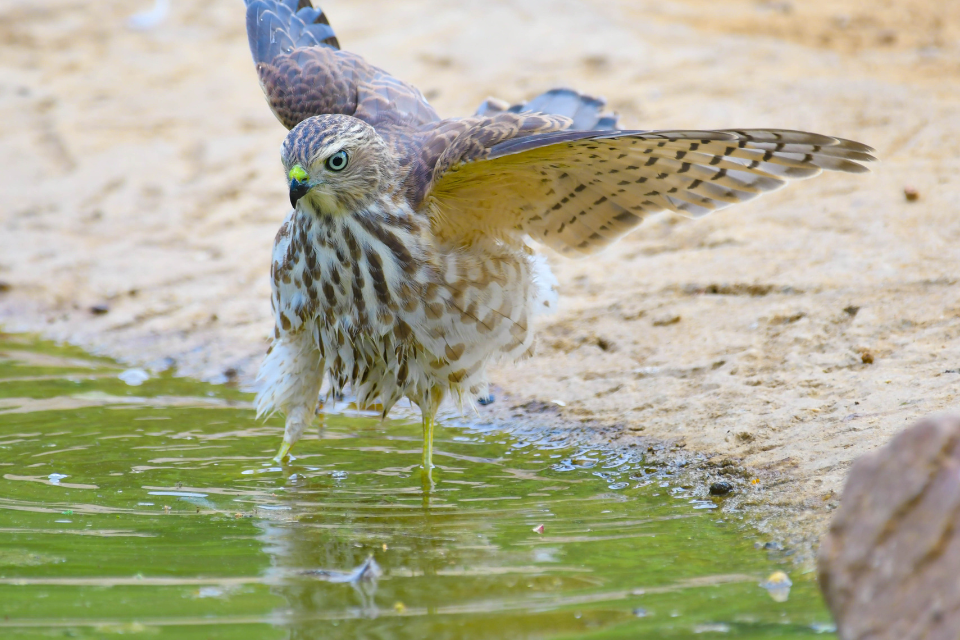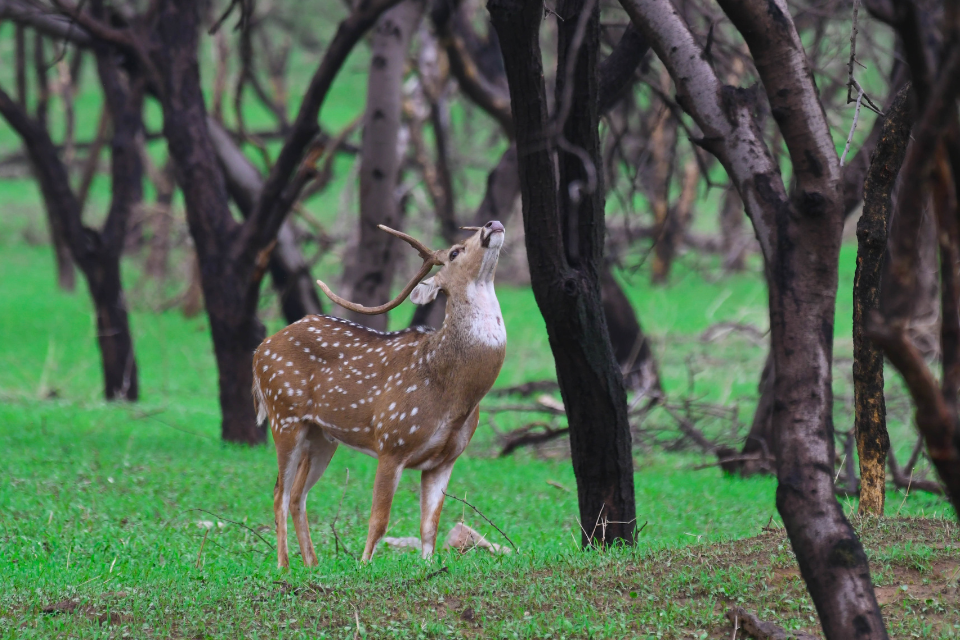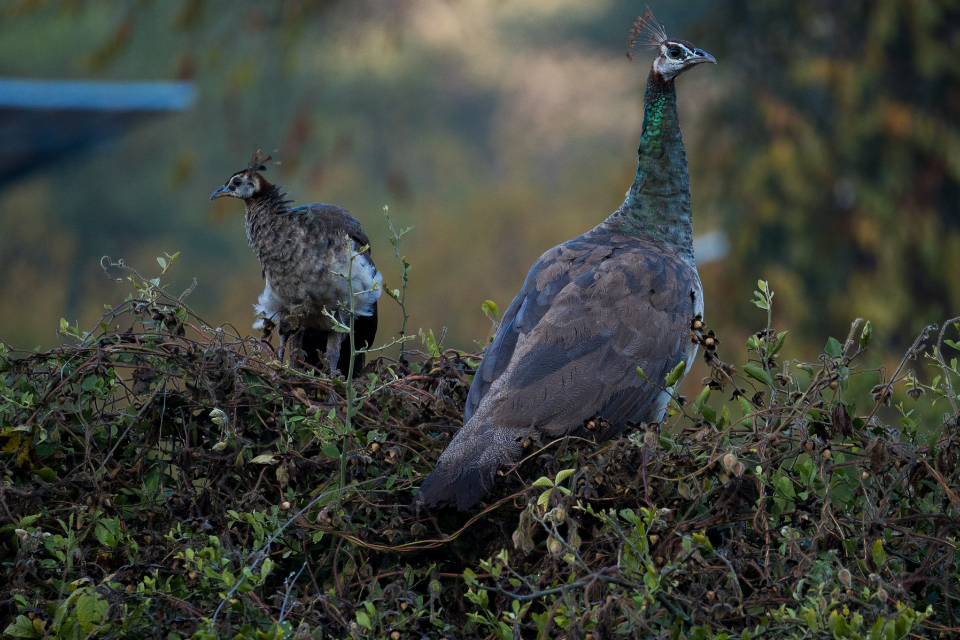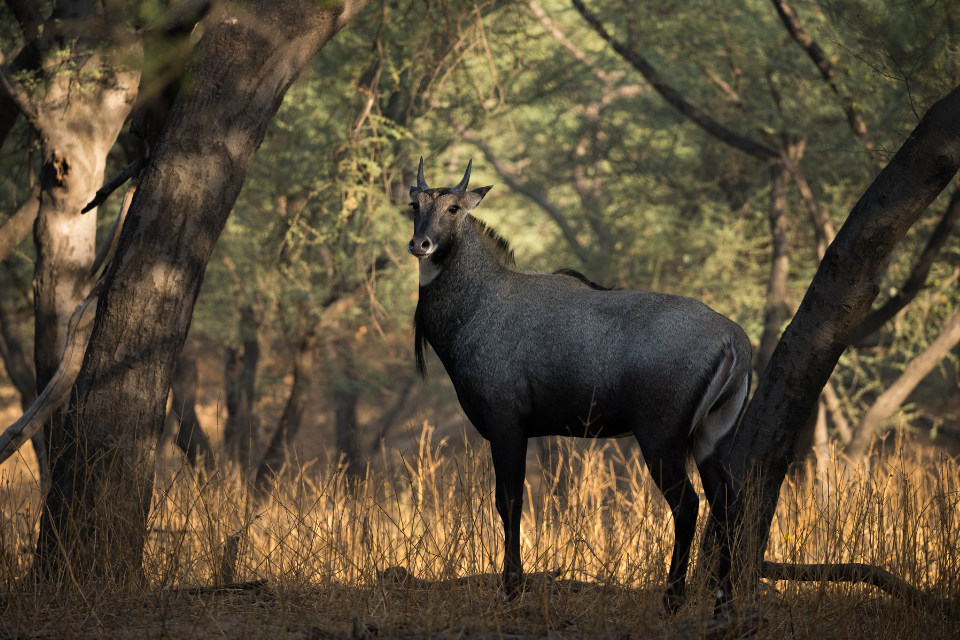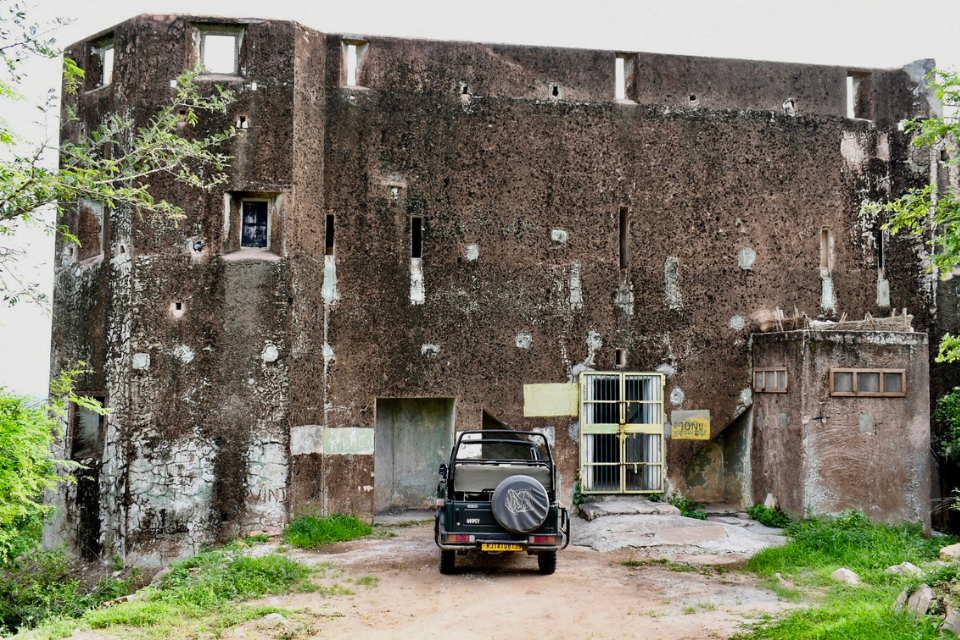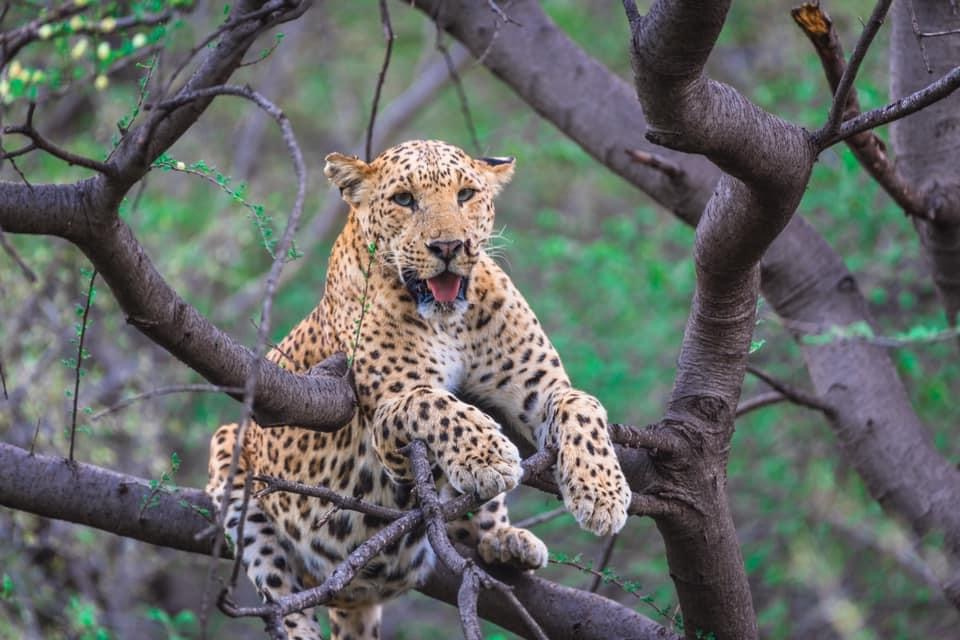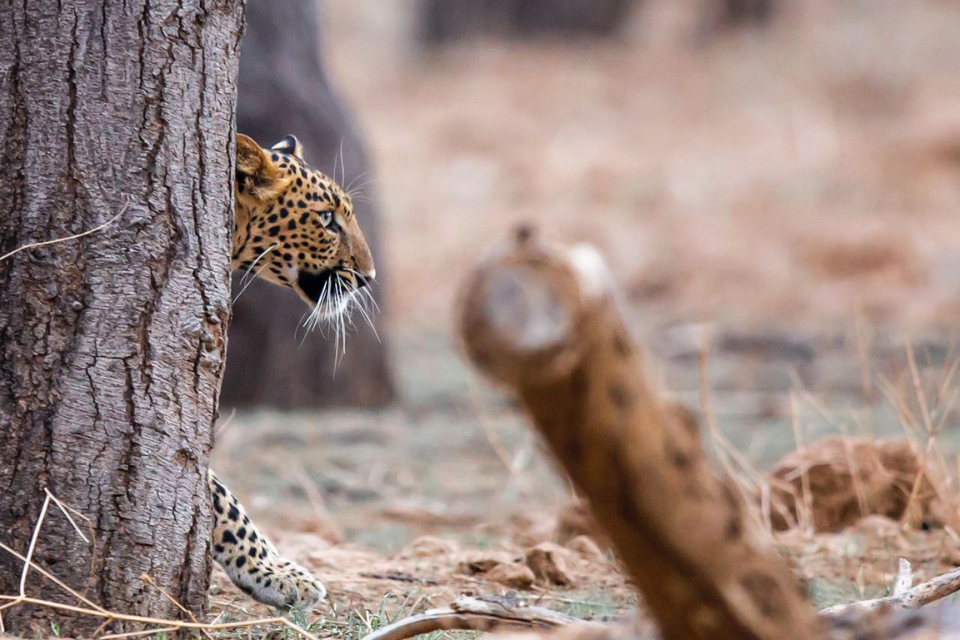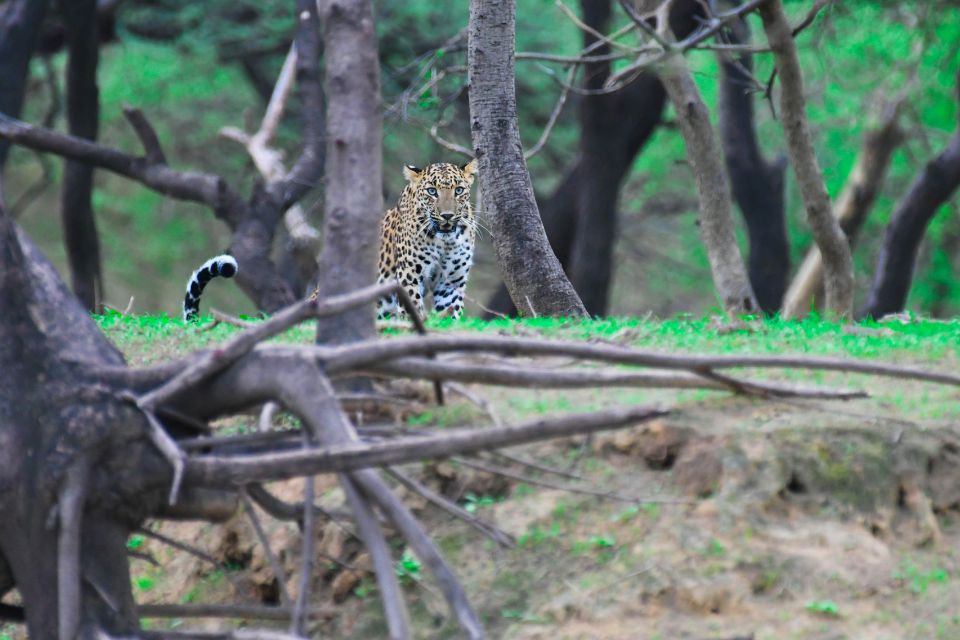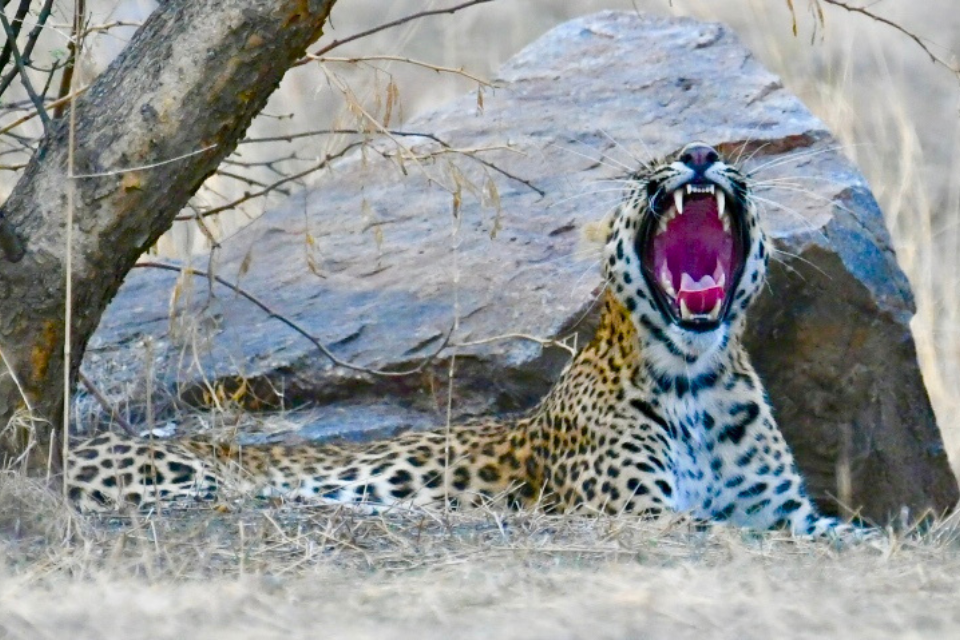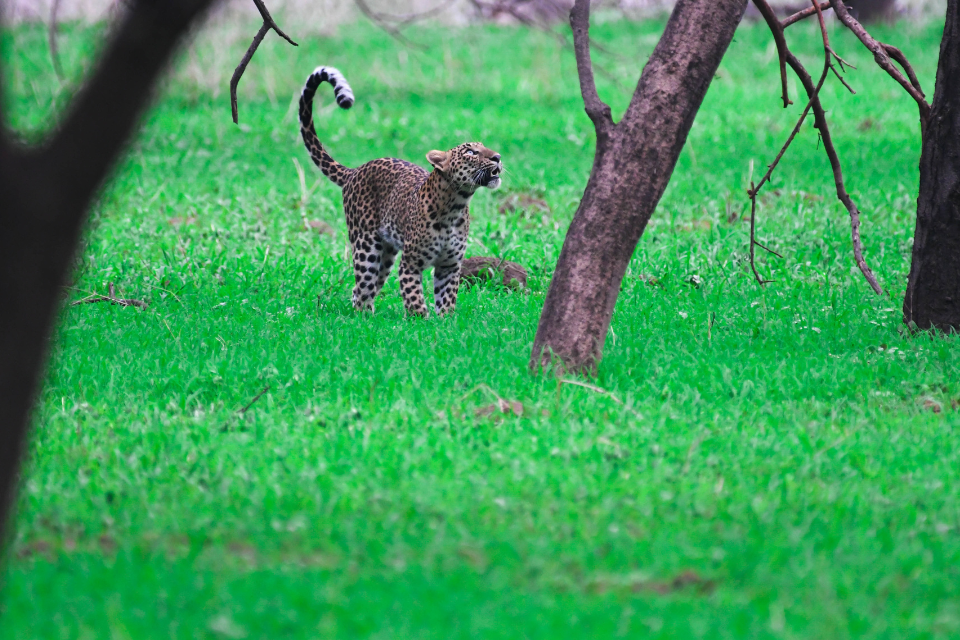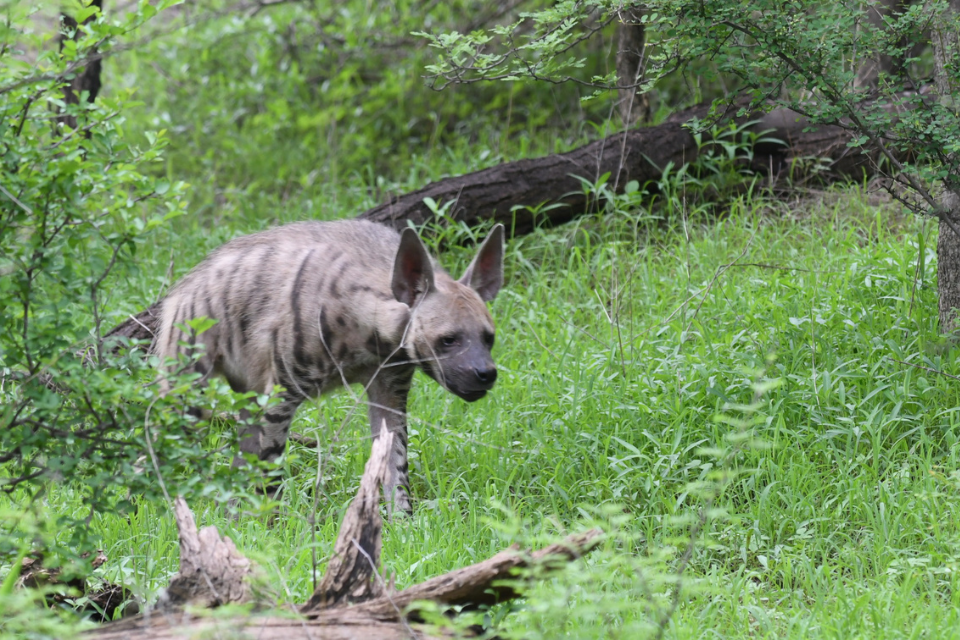- October 7, 2025
How to Choose a Safari Slot: Morning vs Evening Safari in Jhalana & Amagarh
TL;DR (for quick deciders)
- Short on time / first-timers: Book one morning + one evening (on different days) for the best odds and variety of light.
- Families & comfort-first: Choose early morning in summer (cooler, softer light) and either slot in winter.
- Photographers: Winter mornings for misty textures and birds; post-monsoon evenings for warm tones and active cats.
- Heat-sensitive travellers: Avoid mid-summer evenings if you struggle with heat; mornings are significantly cooler.
Jaipur leopard safari timings at a glance (seasonal)
Exact reporting times change with sunrise/sunset, but the department and leading booking portals publish seasonal slot windows you can plan around:
- Jhalana Leopard Reserve (typical ranges)
- Aug–Oct: ~06:45–09:15 (morning), ~15:45–18:15 (evening)
- Nov–Jan: ~07:00–09:30, ~15:15–17:45
- Feb–Mar: ~06:15–08:45, ~15:45–18:15
- Apr–May: ~05:45–08:15, ~16:15–18:45
- Jun–Jul: ~05:45–08:15, ~16:45–19:15 (monsoon)
- Amagarh Leopard Reserve (typical ranges)
- Mirrors Jhalana’s seasonality with similar windows: 07:00–09:30 / 15:15–17:45 (peak winter) and ~05:45–08:15 / 16:45–19:15 (peak summer/monsoon). Some operator sites also quote 05:30–08:30 / 16:30–19:30 as broad operating bands depending on season and daylight. Always check your voucher.
Pro tip: Season defines comfort and light more than the park choice. Jhalana is older and very consistent for leopard sightings; Amagarh is newer and scenic with rugged Aravalli backdrops. Book whichever has seat availability—but choose the slot that fits your goal.
Morning vs Evening: what actually changes?
1) Light & colour
- Morning (golden hour → soft neutral light):
- Cooler air = crisper visibility and less haze.
- Soft, directional light is flattering for fur texture and eye catchlights.
- In winter, mist + backlight can produce dramatic silhouettes and rim-lighting on grass tops.
- Evening (golden hour → warm glow):
- Richer, warmer tones on rocks and scrub; classic “Jaipur amber” palette.
Slight heat shimmer on very hot days; sunsets can be spectacular post-monsoon.
2) Animal movement & behaviour
- Temperature drives activity. In both reserves, leopards are crepuscular; you’ll often catch movement near dawn and before dusk.
- Mornings in summer: Cats and ungulates use the cool window for movement; birds are hyper-active—great for mixed sightings.
- Evenings post-monsoon: After showers, scent-marking and territorial patrols pick up as temperatures dip.
- Winter mid-slot (both): Cats often bask on rocks (photographers: long lenses), then move as the slot ends.
3) Heat management (Jaipur gets hot!)
- April–June: Mornings are significantly more comfortable (often 8–10°C cooler than late afternoons). If heat saps your energy, choose morning.
- July–September (monsoon): Evenings are cooler after rain, and skies can be painterly.
- November–February: Both slots are comfortable; pack a light jacket for cold mornings (wind-chill in open gypsies). (Travellers consistently report cool early starts; bring layers.)
Persona-based picks
If you’re a family with kids or seniors
- Best bet: Morning in summer; either slot in winter.
- Why: Cooler temps, gentler light, and better energy levels.
- What to pack: Hats, reusable bottles, a snug fleece (Nov–Jan), binoculars.
- Seat choice: Middle bench is least bumpy; avoid rear-most if someone has back issues.
If you’re a photographer (DSLR/Mirrorless)
- Lens: 200–600mm (full-frame) or 100–400mm + 1.4x; APS-C 70–300mm works in closer encounters.
- Slot choice:
- Winter mornings for mist, birdlife, and cool-tone portraits.
- Post-monsoon evenings for colour drama and activity spikes.
- Technique: Keep shutter >1/1000s for movement; don’t overexpose the sand/rock highlights; brace elbows, and use beanbags over roll bars.
- Etiquette: No flash, no playback lures; keep voices down.
If you’re a first-time wildlife traveller
- Strategy: Book two different slots on separate days (e.g., Sat evening at Amagarh, Sun morning at Jhalana) to sample both moods and double your chances.
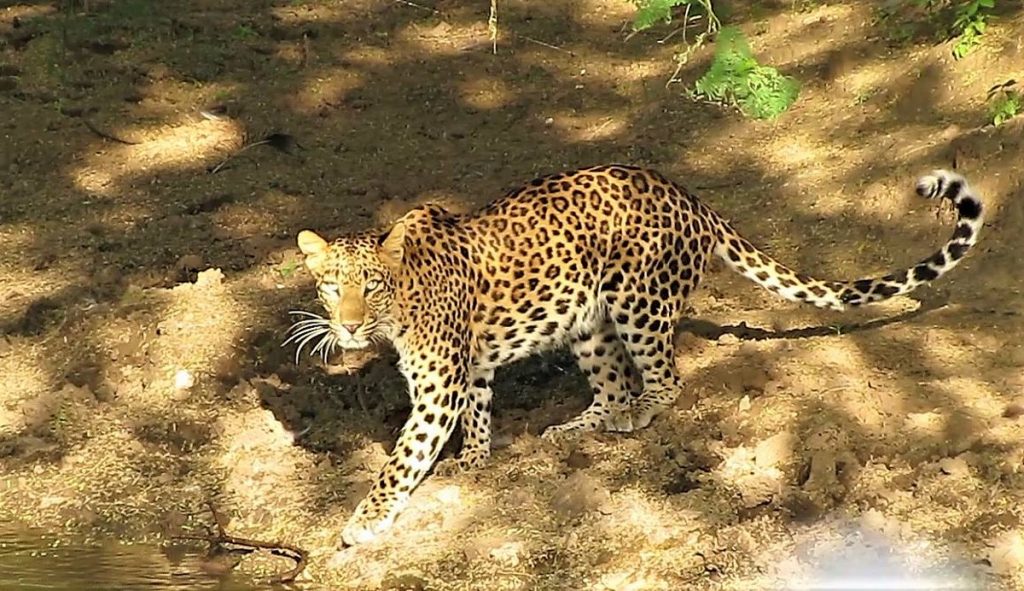
Jhalana vs Amagarh: how to choose the park, not just the slot
- Jhalana Leopard Reserve
- Mature tourism circuit with time-tested routes and reliable leopard territories.
- Great for those who want predictability and are booking last-minute.
- Timings follow seasonally published windows (see above).
- Amagarh Leopard Reserve
- Newer, rugged landscapes around the Aravallis near Galta Ji; scenic rock faces and occasional seasonal waterfalls.
- Some operator pages list broader operating bands (e.g., 05:30–08:30 / 16:30–19:30) reflecting seasonal adjustments—verify on your confirmation.
Can’t get a seat? Pick whichever has availability for your preferred slot; you won’t “lose” on sightings purely by park choice. Habitat and timing both favour crepuscular activity.
Seasonal cheat sheet: when each slot shines
- Winter (Nov–Feb):
- Morning: Cold, clear, birds galore; cats bask on rocks then move—excellent for portraits.
- Evening: Shorter slot, but warm hues and sharp outlines; great for silhouettes and behaviour right before dusk.
- Summer (Mar–Jun):
- Morning: The most comfortable option; high activity before heat builds.
- Evening: Can be hot until late; carry hydration and sun sleeves. Pick if you want sunlit amber scenes.
- Monsoon (Jul–Sep):
- Morning: Fresh, green, cloud textures; intermittent drizzles.
- Evening: Post-rain golden hour is magical; roads can be slushy—pack a dust/rain cover for gear.
- Post-monsoon (Oct):
- Both slots are forgiving; evenings often win for colour.
Logistics that affect your decision
- Reporting time vs gate-in: You’ll typically report 15–30 minutes before slot time to complete checks and seat allotment.
- Duration: ~2.5–3 hours per shift is typical.
- Seat types: Shared gypsy vs full vehicle; photographers benefit from full-gypsy for camera-side freedom.
- Timings vary with daylight: Always rely on your voucher; the above windows are planning guides (they shift a bit each month).
Booking decision framework (60-second flow)
- Month of travel?
- Nov–Feb → either slot; slight bias to morning for mist & birds.
- Mar–Jun → morning for comfort; consider evening only if you tolerate heat.
- Jul–Sep → evening (post-rain glow) or morning (fresh, green).
- Your goal?
- Family memory-making → Morning.
- Portfolio shots → Winter morning and post-monsoon evening (book both).
- Max sightings → Any two different slots across parks to diversify routes.
- Park availability?
Grab whichever park has seats in your chosen slot; both are strong.
What to pack (by slot)
- Morning: Light jacket (Nov–Jan), cap/beanie, sunglasses for later in the drive, 1–2L water, snacks, small towel (monsoon).
- Evening: Sun sleeves, hat, electrolytes, wet wipes, light rain shell (monsoon).
- Always: Binoculars (8x/10x), spare camera battery, soft-soled shoes, ID proof.
Conversion module: book the right slot now
Why book with us
- Live seat grid across Jhalana & Amagarh
- Advice from on-ground guides to match your goals (family vs photographer)
- One-step reschedule if the department shifts timings
Quick choices
- Family Essentials Pack: Jhalana morning (winter/summer), Amagarh evening (post-monsoon)
- Photographer’s Duo: Amagarh evening + Jhalana morning on consecutive days
- Comfort First: Two morning drives (one in each park)
👉 Ready to go? Book your Jaipur leopard safari now. We’ll assign guides who understand your brief, confirm the exact Jaipur leopard safari timings on your dates, and send a prep checklist within minutes of confirmation.
(Seasonal timings are operated per the Forest Department and may shift with daylight; we’ll sync your reporting time to the latest notice.)
FAQs (8–10 quick answers)
1) Which is better for sightings—Jhalana or Amagarh?
Both offer strong leopard sightings; choose by slot availability and your schedule. Jhalana is more established; Amagarh has rugged, photogenic rock faces.
2) What are the typical Jaipur leopard safari timings?
Seasonal windows range roughly between ~05:45–09:30 (mornings) and ~15:15–19:15 (evenings) depending on month and park. Your voucher will show exact reporting & gate-in times.
3) How long is each safari?
About 2.5–3 hours including drive time inside the reserve.
4) Are evenings too hot in summer?
They can be. If you’re heat-sensitive, choose mornings in April–June; evenings feel better post-monsoon.
5) I’m travelling with kids/seniors. Which slot is easier?
Morning, especially in summer. In winter, carry a light jacket for chilly starts.
6) I’m a photographer. Which combo should I book?
Winter morning (mist & birds) + post-monsoon evening (warm tones, activity). Book full gypsy if budget permits.
7) Can timings change after I book?
Yes, safari timing is tied to sunrise/sunset and department notifications. We re-confirm reporting times on your voucher and via WhatsApp/SMS.
8) Are leopards guaranteed?
No sighting is guaranteed. Both parks have good records, but wildlife is unpredictable—book two slots for better odds.
9) What should I wear?
Neutral colours (olive/khaki/grey), closed shoes, hat. Avoid bright whites and neon.
10) Is Maila Bagh also an option now?
Jaipur has been expanding leopard tourism with new circuits; however, this guide focuses on Jhalana & Amagarh. Ask us if you want to compare all current options.
Disclaimer All images used in this blog are either sourced from public domain or credited to their respective owners. If you are the copyright holder of any image and wish to request its removal or proper attribution, please contact us at [email protected]
